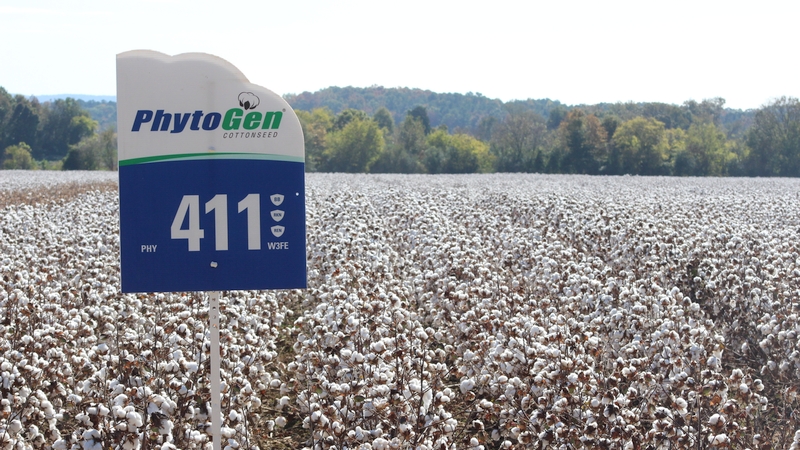2007 Has Been Nothing Short Of A Plant Bug Nightmare
Leonard is a research entomologist at the LSU Ag Center’s Macon Ridge Station in Winnsboro, LA, and he said that in early April of this year. What was possible was the equivalent of a child’s fear of the monster in the closet. What happened was that the plant-bug monster busted down the door and beat the Mid-South cotton crop over the head.
Mississippi, for the first time since 1958, had more corn acreage than cotton. Louisiana, for the first time since 1979, had more corn than cotton, too. Each state set the table for an explosion of plant bugs. The rule, rather than the exception, was that most areas were spraying at least once a week, and in some extreme instances every 3-5 days. It brought back terrible memories of cotton fields in the Mid-South being sprayed on a weekly schedule for budworms, bollworms and boll weevils. Some fields were treated 15-16 times. Boll weevil eradication programs and the introduction of Bt varieties took the weevil and some heliothines off the front burner. The tarnished plant bug filled that void.
According to Mississippi State University research, plant bugs can survive on 170 wild-plant hosts, and can reproduce on over a 100. Cotton Incorporated-sponsored studies have confirmed that the tarnished plant bug is now cotton’s primary pest.
Survival of the Fittest
“This area” — Stoneville, MS, and contiguous counties up and down the Mississippi River — “has had some serious problems with plant bugs.” says Dr. Angus Catchot, Extension Professor, Department of Entomology and Plant Pathology at Mississippi State University. “We had some cotton sprayed nine times.
“At pinhead square, we had several treatments set up,” Catchot continues. “We set low thresholds and high thresholds for automatic sprays. We had a check. We hit every threshold, every week of squaring.”
Normal thresholds in Mississippi are 8 adults per 100 sweeps. “Averaged across all treatments, at week one, we were averaging 31 plant bugs per 100 sweeps,” says Catchot. “Square retention coming out of the gate was 69%.”
Seven days after the first insecticide application, plant bug counts were up to 33 per 100 sweeps, and square retention dropped to 60%. The third application took place eight days later because of rain, and counts moved up to 48 plant bugs per 100 sweeps; square retention dropped to 40%.
“I don’t want to paint a picture of gloom and doom because we do have some good cotton; some fantastic cotton,” Catchot continues. “But plant bugs have been bad … we are just not controlling plant bugs like we used to. ”
Now What?
Obviously putting the monster back in the closet will include IPM programs. With the popularity of insecticide-treated seed, ensuing foliar applications should be avoided with classes of the same chemistry. For instance, the active ingredient thiomethoxam is the insecticide component in Cruiser and Avicta seed treatments. Centric, a product used as a foliar spray, also contains thiomethoxam. The active ingredient imidacloprid is found in Gaucho Grande and AERIS seed treatments, and in the foliar-applied Trimax-Pro. All of these products are in the neonicotinoid class.
Monsanto has a plant-bug protection trait coming, but it is at least several years down the road.
Caption:
Plant bugs migrated into cotton in enormous numbers when corn, as it was maturing, became less of an attractive host.









